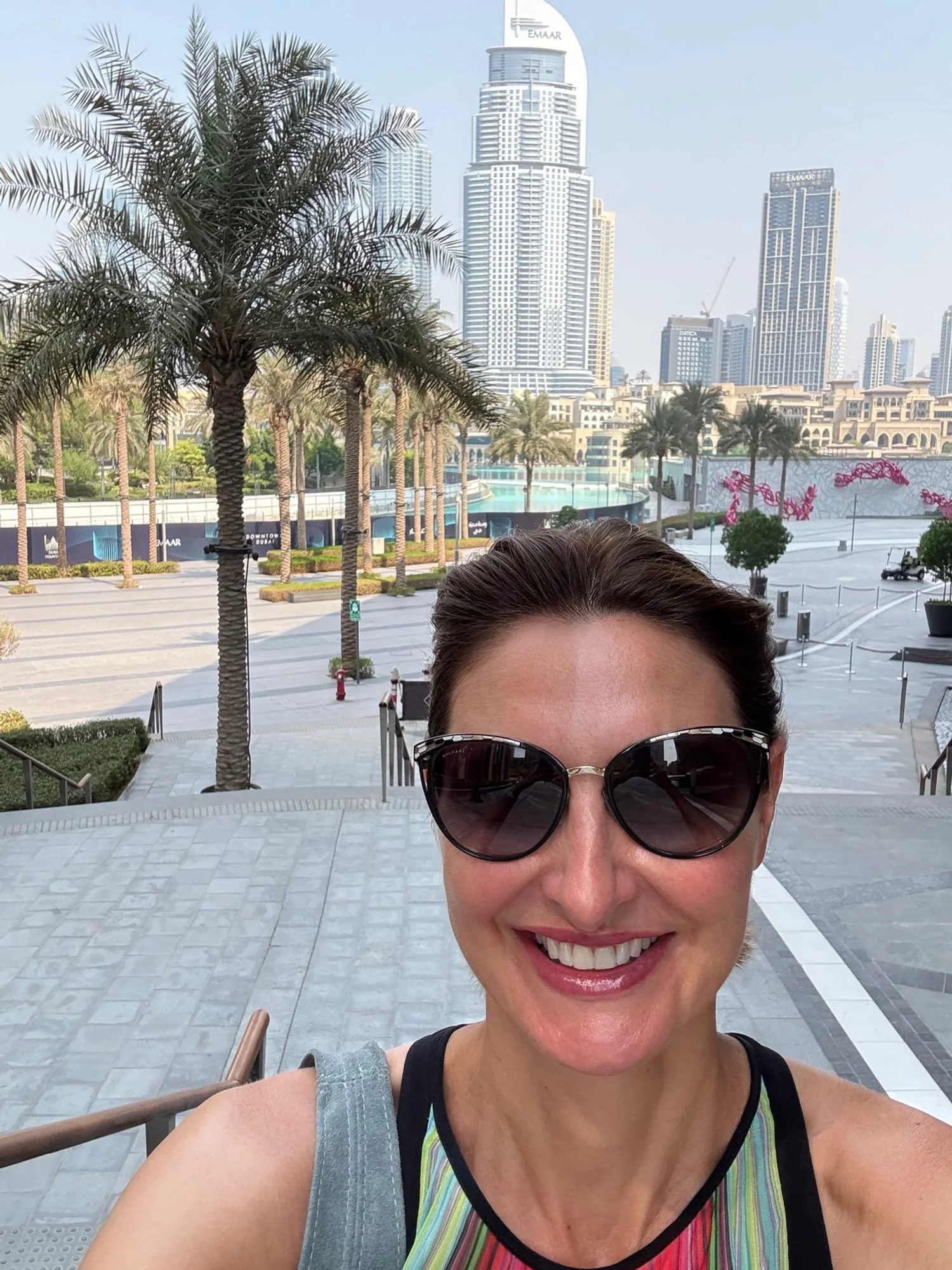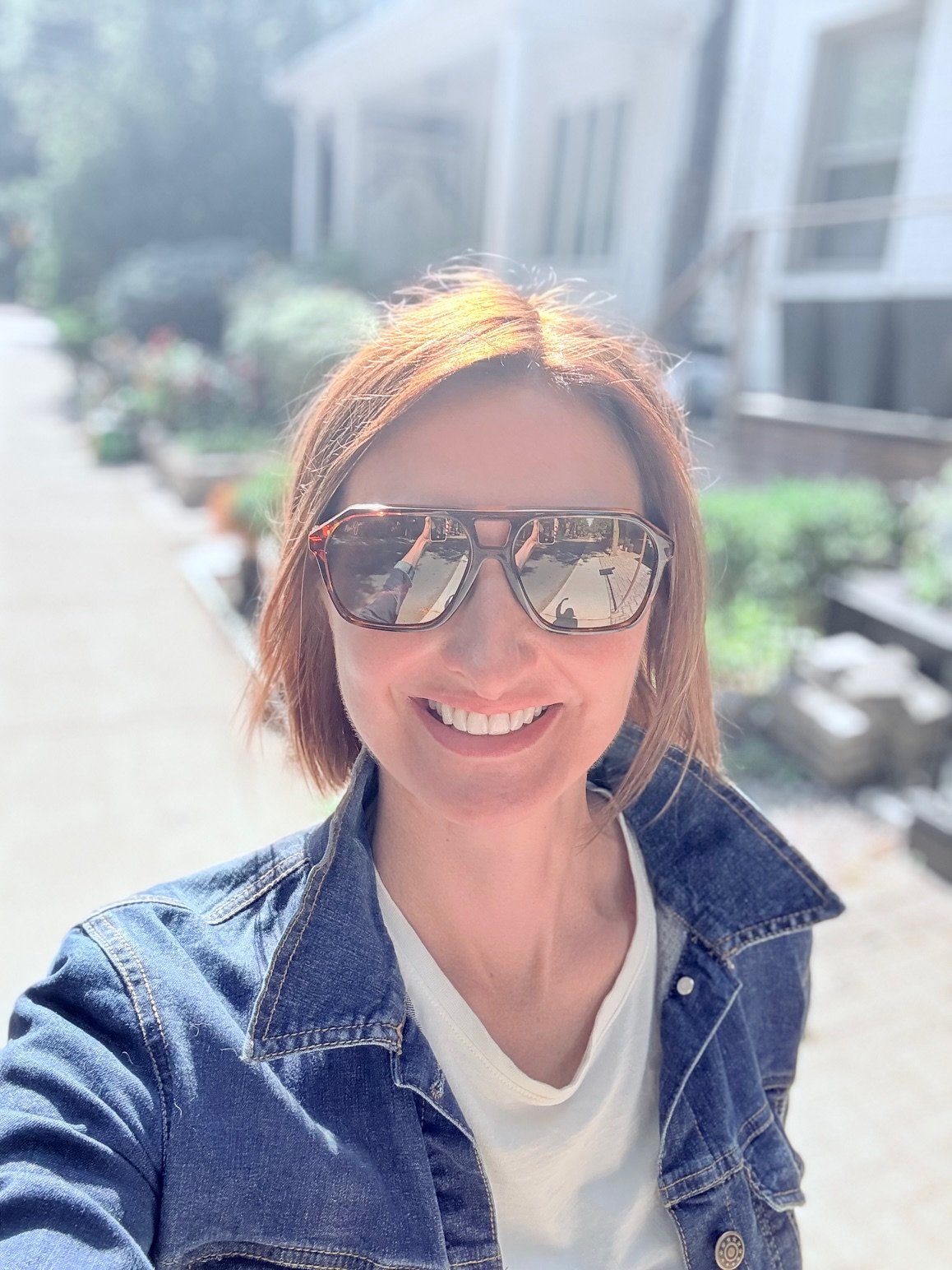🙂First Impressions vs. Reality
Anyone who knows me very well knows that I am easily impatient and frustrated, that my tolerance threshold for pretty much everything and everyone is extremely low. Anyone who doesn’t know me very well thinks that I am actually the opposite of that. I am usually praised for being kind and calm — which I am too. However, in a world where daily irritants have increased exponentially (hello everyone who is blasting music without headphones in public spaces), reconciling both aspects of my personality has become more and more difficult.
🥐The French Handicap
I have a strong disadvantage vis-à-vis my North American counterparts: I am French. And my upbringing, rooted in a strong rule-based culture of what should and should not be, is definitely out of sync with today’s giant shit show.
Anyone who has ever travelled to France knows that our lives are ruled by many obscure regulations — known only to us — aimed at making sure we are all aligned with the French do’s and don’ts. It might be uplifting and fun when referring to fashion or cuisine, but when it comes to social interactions, we don’t f*** around with that. Remove your coat at the wrong time and place and you are forever categorized as a plouc (redneck).
It is very difficult to understand or explain to non-French. It is like living with a straitjacket when everyone is running in bathing suits — and being angry that they should live with the same straitjacket as you.
👖Jeans, T-Shirts, and the Missing Middle
At the same time, looking at how social interactions have evolved in the last five years, I think most should consider swapping their bathing suit for at least a pair of jeans and a t-shirt. Maybe not the full three-piece suit or the straitjacket, but definitely more than what is currently being exhibited.
So then, where should the line be? What are these rules that should universally be respected — saying hi to neighbors? teaching kids to say thank you? being respectful to staff? not playing music at full volume WITHOUT headphones? arriving on time? And what are the ones that should be optional or ditched? True to my French form, nothing comes to mind in that category.
Share
💩The New Normal: Taking Sh*t
As I have been pondering my growing inadequacy in North America’s life and culture, I have looked at my Torontonian peers and wondered how comfortable they are in this constant flow of giving and taking sh*t that seems to be the New Normal here.
First, what is the overall definition of taking sh*t?
In informal language, “taking sh*t from someone” means tolerating or enduring mistreatment, disrespect, or abuse from another person, often without complaint or resistance. It implies accepting behavior that is considered unacceptable or unfair.
Second, what is the definition of taking sh*t specific to you?
Maybe you are truly very zen — you don’t see, hear, or smell the abuses in your daily life. In that case, lucky you, you should launch a podcast and an online course.
Maybe you are more like me and feel constantly bombarded by mistreatment and disrespect. Probably, you are in the middle — not zen and not a zealot of proper social interactions.
For me, taking sht is anything that crosses my boundaries and/or that is not polite or socially acceptable. So back to my French roots, the threshold is extremely low. Yes, FMP, the douche who plays their music without headphones in the subway is technically shtting on everyone in the car and we are all taking it. Same for the people speaking so loud in public spaces that everyone benefits from their enlightening conversations.
Maybe you don’t call it taking sh*t. Maybe you call it micro-aggression, if the term is still en vogue. Maybe you call it 2025. Maybe you think that my bar is pretty low (I recognize you screamers!), but I really don’t think so.
The French have a saying I love: La liberté des uns s’arrête où commence celle des autres (“One person’s freedom ends where another’s begins”). This was drilled into me since my youngest age, which is probably why everyone always praises my polite and respectful behaviors. I appreciate it very much. I would appreciate it even more if people would actually copy it and reciprocate.
THERE IS NOTHING WORSE THAN BEING RESPECTFUL IN A WORLD FULL OF DISRESPECTFUL PEOPLE. It is like following the rules of a board game when everyone else is cheating. Not only is it infuriating, it really tests your values.
🟥Red Flags and Restaurant Tables
Another example of what I would refer to as taking sht and that annoys me to the highest degree is going to a restaurant and realizing that my counterparts are douchy with the staff — barely acknowledging them, making inappropriate remarks or demands, before checking the bill with a microscope and leaving the tiniest tip. That, for me, is the red flag of all red flags and a reason I will stop seeing people. Because staff is not there to take clients’ sht. They are there to welcome us, take our order, bring our plates, clear them, and then give us the check. Not sing and dance because we are clients. Paying is not a free pass for being rude.
🤥The Myth of “Not Taking Sh*t”
My favorite lie is when I hear someone say that “they don’t take sht from anyone.” Right there I know they are either totally delusional, immature, or themselves full of sht.
Of course, saying and thinking that you are not taking sht are two different things. Just as saying you are zen and being zen are two different things. Pretending not to see sht so as to pretend no sht has happened is a coping strategy that, in the long run, will eat you alive. I like better to be honest with myself: yes, I have very strict definitions of what should and should not happen, so I take sht the second I get up. And I can’t constantly fight back.
Oprah quote: “In your 40s you want to say you take no sht, but you still do. In your 60s, you take none.” My apologies to Oprah, but I do think people still take a lot of sht late in life. Maybe, being a billionaire, she has more sycophants than most, but I am pretty sure she gets sh*t and takes it. Picking your battles doesn’t mean you have none.
Share
🏡Life is a Field of Sh*t
I think it is way healthier mentally to be honest with oneself and see life for what it is — un grand champ de merde (a large field of sh*t).
I have a good and recent-ish example of that. We renovated our patio and had to redo the fences. One of our neighbors refused to share the costs. You would think, “Makes sense — they might not have the money or the inclination to redo a 30-year-old rotten fence.” But to add insult to injury, after refusing to pay their share and us shouldering the costs and hassle of the construction, they hired our contractor to nicely finish their side of the fence AND asked him to redo their deck while he was at it.
Could I have pretended that it didn’t matter and that we were not taking sh*t? Of course I could! But was it true? Absolutely not! So where do you go from there?
Option 1: Escalation. I could have obviously given them a piece of my mind, but besides emotional release, what would have been the outcome? Still a douche, still our neighbor, with an even more strained relationship. No upside for us at all in going in that direction.
Option 2: Revenge. We knew he paid the contractor under the table, so there was an opportunity to grass on him to both the CRA and the company whose board he sits on. This could have been fun and emotionally rewarding. However, I decided against it and instead opted to reserve the right to do it at some point in time I might deem necessary. Sometimes just knowing that you could exact a harsh revenge is enough to swallow the sh*t.
Option 3: Make the best decision for us and move on. It is not always easy to take one’s ego out of the equation. And it doesn’t mean being a doormat. It means weighing the pros and cons unemotionally, seeing what the best outcome for you is, and going in that direction.
🐕When It’s Core Values, Not Ego
But sometimes it is not your ego that is crossed — it is your core values.
Three times I had altercations with men who were mistreating their dogs in public spaces. Three times people had seen these individuals’ behaviors and not said anything. Three times people had seen me standing up and actually looked at me as if I were the problem for speaking up and bringing attention to something that should be better left alone.
The last time was in a very busy subway station (Bay–Bloor, for the Torontonian readers). Four massive security guys had seen the entire thing play out, including the guy in army uniform — obviously mentally unwell — insulting me and moving threateningly towards me after I asked him to stop hitting his dogs, and guess what? They didn’t even blink. Didn’t even make a move towards him or me.
In that scenario, FMP, the entire crowd took sh*t starting with the security guards. None piped a word. And I understand that most will not confront the guy physically (I am 5’11” and can defend myself — kind of), but they can walk to the security guard, they can ring the alarm, they can call the cops (not that it would change anything, but still).
Again, pretty sure that none in that subway station and later car thought to themselves that they were taking sh*t. But they were: tolerating or enduring mistreatment, disrespect, or abuse from another person, often without complaint or resistance.
🙈The Middle Ground
At the end of the day, sometimes taking sht is the right option. It doesn’t mean it is pleasant, and it doesn’t mean it is right. But don’t shoot yourself in the foot on top of it by escalating needlessly. And don’t pretend you didn’t take sht — self-gaslighting is NOT a great option.
I am not advocating for constantly complaining at the slightest infraction of polite social interactions, but still there is a wide gap between pretending to not see anything so as not to say anything, and constantly complaining.
So next time we meet in the subway, on the street, or at a restaurant, please go for it and speak up against the sh*t-maker. It will give me a break.
Peggy Van de Plassche is an Operating Partner in Private Equity with over 20 years of experience across financial services, healthcare, and technology. She partners with investment firms, boards, and portfolio company leadership to accelerate performance, drive operational transformation, and unlock long-term value.
Peggy specializes in executing complex value creation plans—from capital allocation and digital enablement to transaction advisory and leadership alignment. Her work bridges strategy and implementation, helping investors and operators boost EBITDA and maximize enterprise value.
A founding board member of Invest in Canada, Peggy also brings deep expertise in institutional capital deployment and public-private partnerships—critical levers for competitive advantage in today’s global landscape.
Her clients have included BMO, CI Financial, HOOPP, OMERS, GreenShield Canada, Nicola Wealth, and Power Financial.
Learn more at peggyvandeplassche.com.







